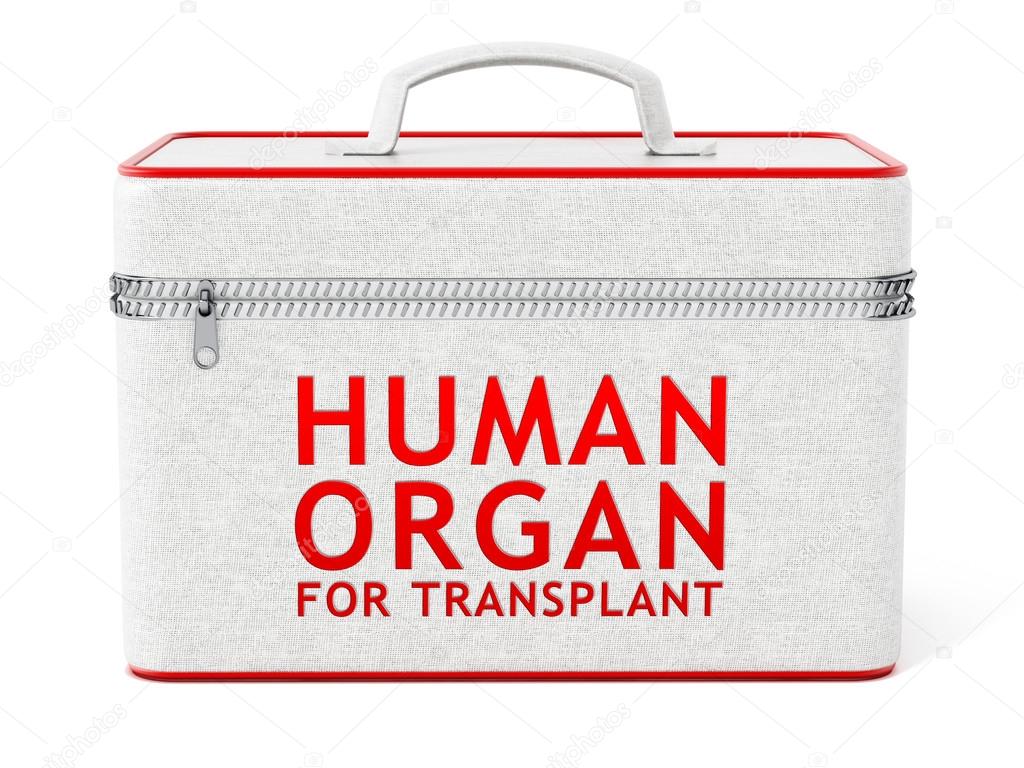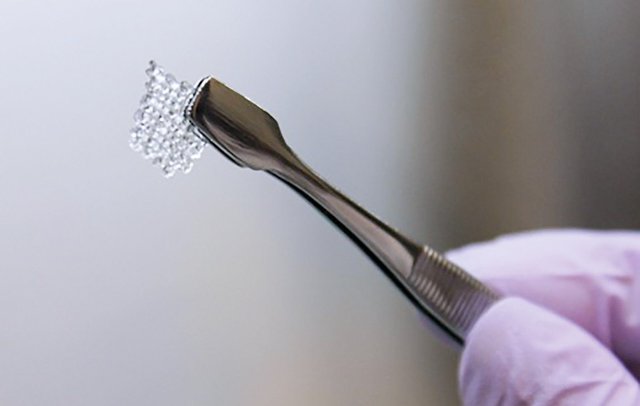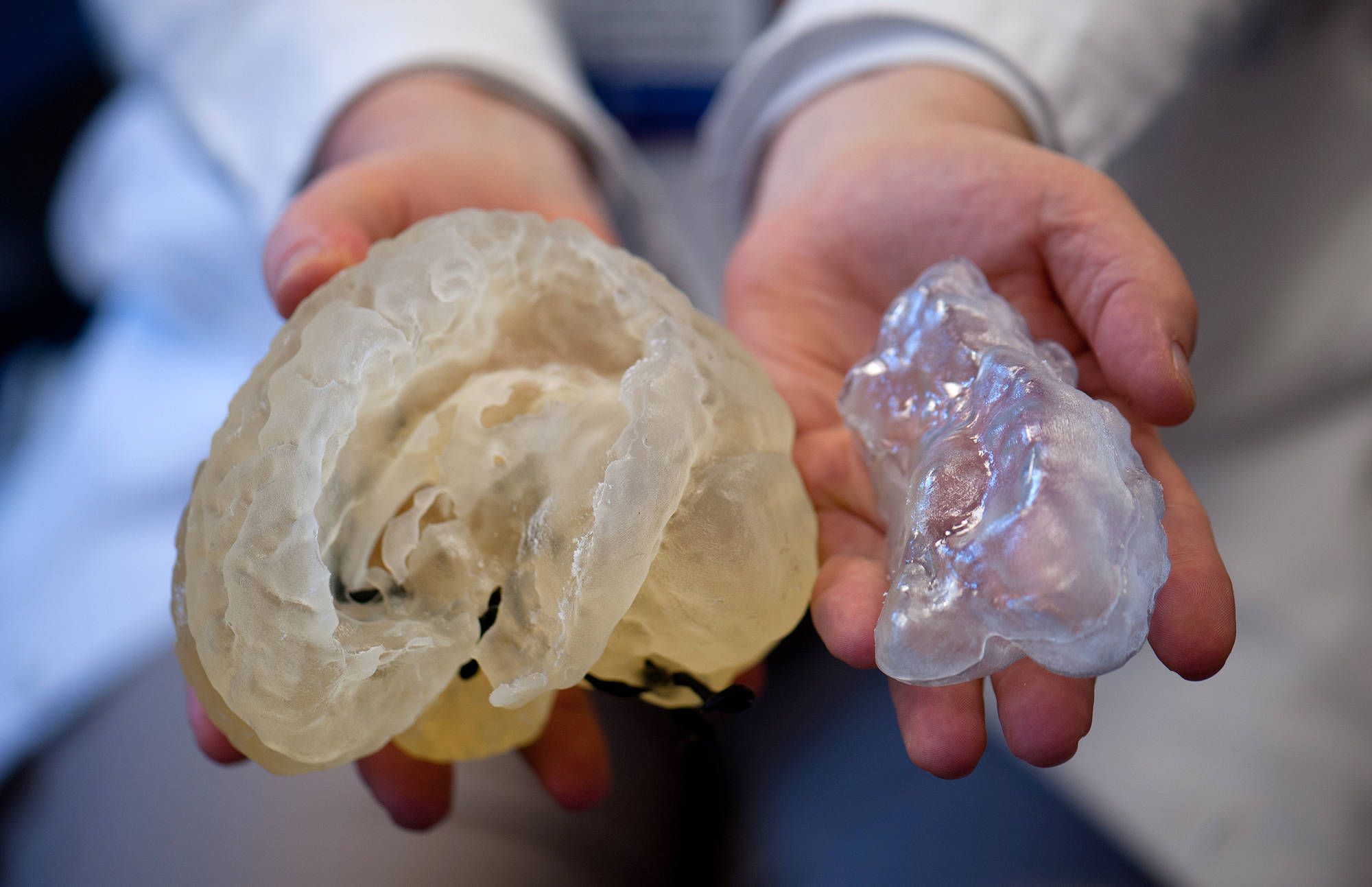Heart's makers - Medicine 3D
Hello Stemians!
Imagine a future where a visit to the doctor was as simple as a consultation with a computer, life expectancy is about 120 years, and from a young age it is actually possible to detect any problem for the future, with 100% reliability, the diagnosis reveals that everything is excellent, however, the heart is no longer perfect, it has its valves weakened by a hereditary defect, and the person could suffer a heart attack in 5 years, the treatment must be a new heart, the person could choose between three options, a mini machine, the heart of an animal, or a heart created from stem cells. The foundations for this near future are currently being established.
Our body is always in constant degeneration; every cell, organ and tissue inside our anatomy ages and eventually dies. The human body has its own system that allows to throw out the dead parts and build new body parts, thus guaranteeing the continuity of life. So, that's the way we recover after suffering a wound. However, the systems that are responsible for recreating the cells of the body end up stopping, leading to the death of a person. But what would happen if we could build a system capable of replacing all and every cell of our body, even when it begins to die, and for as long as we want? What do I think? I believe that the human race could achieve immortality.
Now, you can see that there is something like science fiction that perhaps can not be achieved in less than 100 years or more, artificially recreate cells and body tissues, however, currently has a much more practical application. According to data from the American Transplant Foundation, which is a nonprofit organization that has a great effort to eliminate the shortage of funds in the country, currently there are more than 22 people for each of the cases. Even with more than 2,000 heart transplants performed every year in the US alone, there are not enough organ donors to cover the needs of the kilometers and miles of patients waiting in long lines at a hospital looking for an adequate part to its body.

Thinking about this, what would happen if, through a miraculous intervention, it could be a way for everyone to have them, without the need of waiting for a donor to give away the healthy body parts he needs? What will happen if it could be possible to build the conditions of these human organs and function as well as their organic counterparts, and thus use them to radically transform the situation of medical transplantation as it is known today? The answer may be in 3D printing.
"By accelerating the manufacturing and design process, 3D printing helps reduce the costs of medical devices that need so much, whether they are prosthetics or even organ cells, it will not be a much-needed advance." - Eric Johnson, executive director of Rev.1 Engineering.
The technical terminology is additive manufacturing, and is the process by which an image stored in a digital file is used to make a physical three-dimensional object, usually by defining series of multiple layers of a variety of objects such as the child, ceramic and plastic in constant succession. Countless practical applications have been found in our daily lives for 3D printing, whether in industrial manufacturing, construction or even in medicine. Especially in the field of medicine, given that some of the greatest advances in medical science could not have been possible without this technology that was only invented three decades ago.
As is well known, traditional prosthetics are very expensive and difficult to grasp, and especially impractical for a child in full growth, which will surely exceed any increase molded to its current size too quickly, now, with the initiative of the use of printing 3D things become much easier. 3D printed prostheses have a much simpler manufacturing and above all economic. They are equally functional, although they can be manufactured in a matter of minutes with a 3D printer. Recently the University of Toronto used a similar technology to help provide prosthetic limbs for the wounded in Uganda, a country in full development with a latent lack of resources to provide prosthetics to each and every one of the injured.

However, the manufacture of limb prostheses for underprivileged people is not the only good action that is attributed to 3D printing technology. In the month of August 2015, the FDA approved what was known as the first drug printed in 3D with government approval, the drug was called Spritam, and its use is for the treatment of certain forms of seizures and epilepsy. That breakthrough was quickly followed by other new companies and large pharmacists, who continue to try to make use of 3D printing as an inexpensive way to mass-produce high-end drugs.
"Basically, what you can do is build fabrics in the same way you assemble something with Legos, so you can put the right cells in the right places, you can not simply pour them into a mold." - Keith Murphy, CEO of Organovo.
When trying to print parts of the human anatomy, scientists and medical professionals originally started with medical models made of plastic and based on CMRI scans of several patients. By being able to print a model of a patient's internal organ, doctors could closely observe the condition and really discover what was wrong. Very similar initiatives in the US and China have helped scientists to study the growth of cancer cells, this has prompted the discovery of several new drugs to fight cancer.

It started with the printing of individual cells and tissue samples. So far, scientists have successfully imprinted cells in the kidney, liver and heart that can function exactly like their organic parts, and it is hoped that this technology will soon replace whole organs for transplantation. Similarly, progress has been made in the bioprinting of blood vessels and individual erythrocytes, thus attempting to create an artificial supply of blood.
What really worries scientists is not the process itself, but the extremely impossible materials to obtain to successfully print a biological organ. Since these materials are all organic in nature, they are very difficult to find and difficult to synthesize in a laboratory. So far, the most viable way to supply 3D printers with "biological ink" is by obtaining stem cells from biopsies, and then allowing them to multiply in a Petri dish. However, it is not necessary to show that this method of obtaining is not enough, leaving behind a large gap that still remains half a decade after the creation of artificial organs.
While it is true that the precise nature of 3D printing technology opens many and diverse possibilities in the medical genre, allowing to carry out a large number of acute biological procedures, even the transplant of artificial organs is at least a decade away from happening; but it is hoped that this new technology will help to provide some light on some of the most serious medical enigmas of the time.